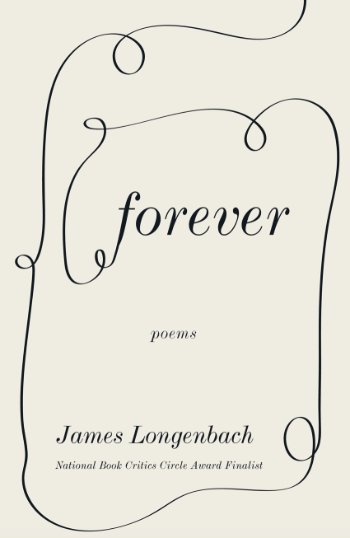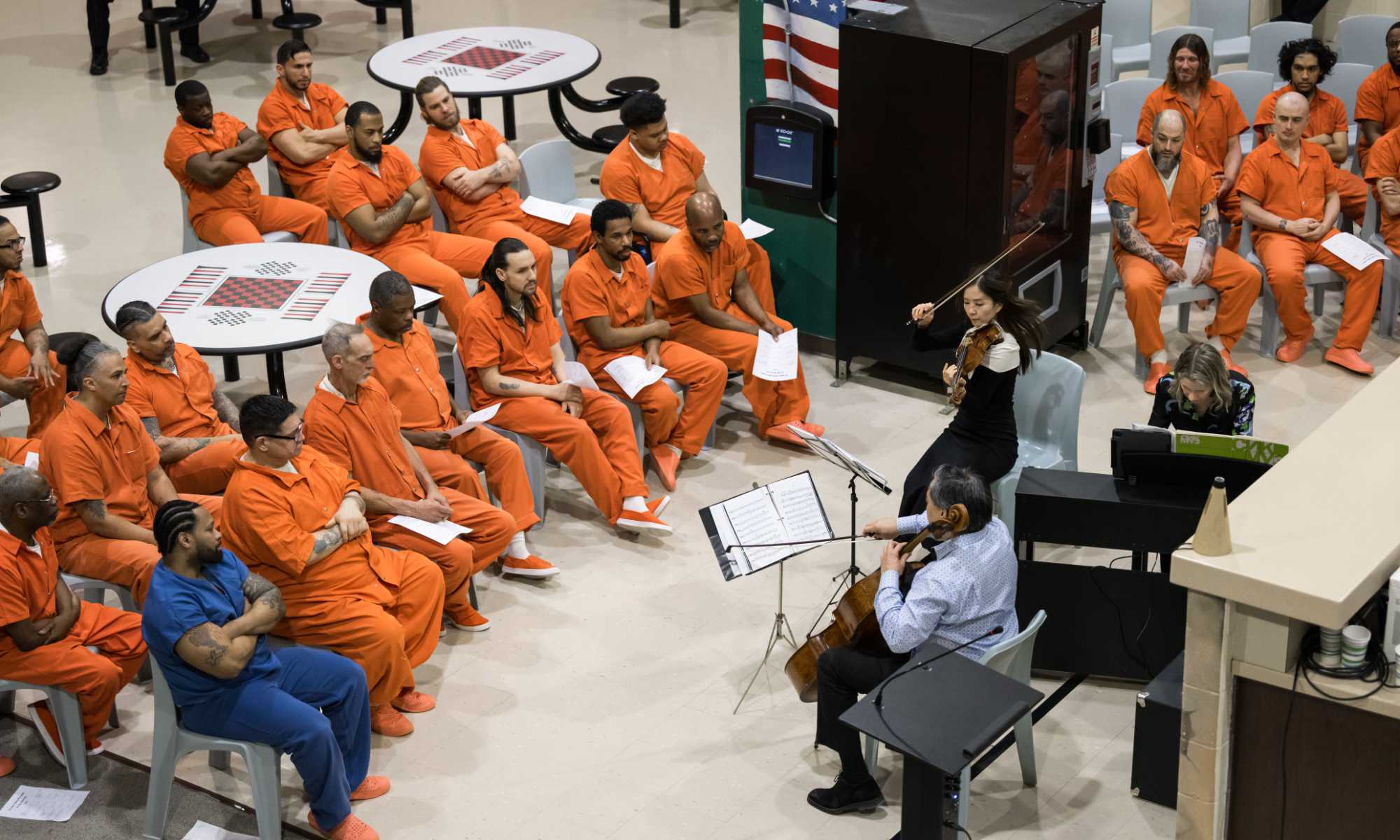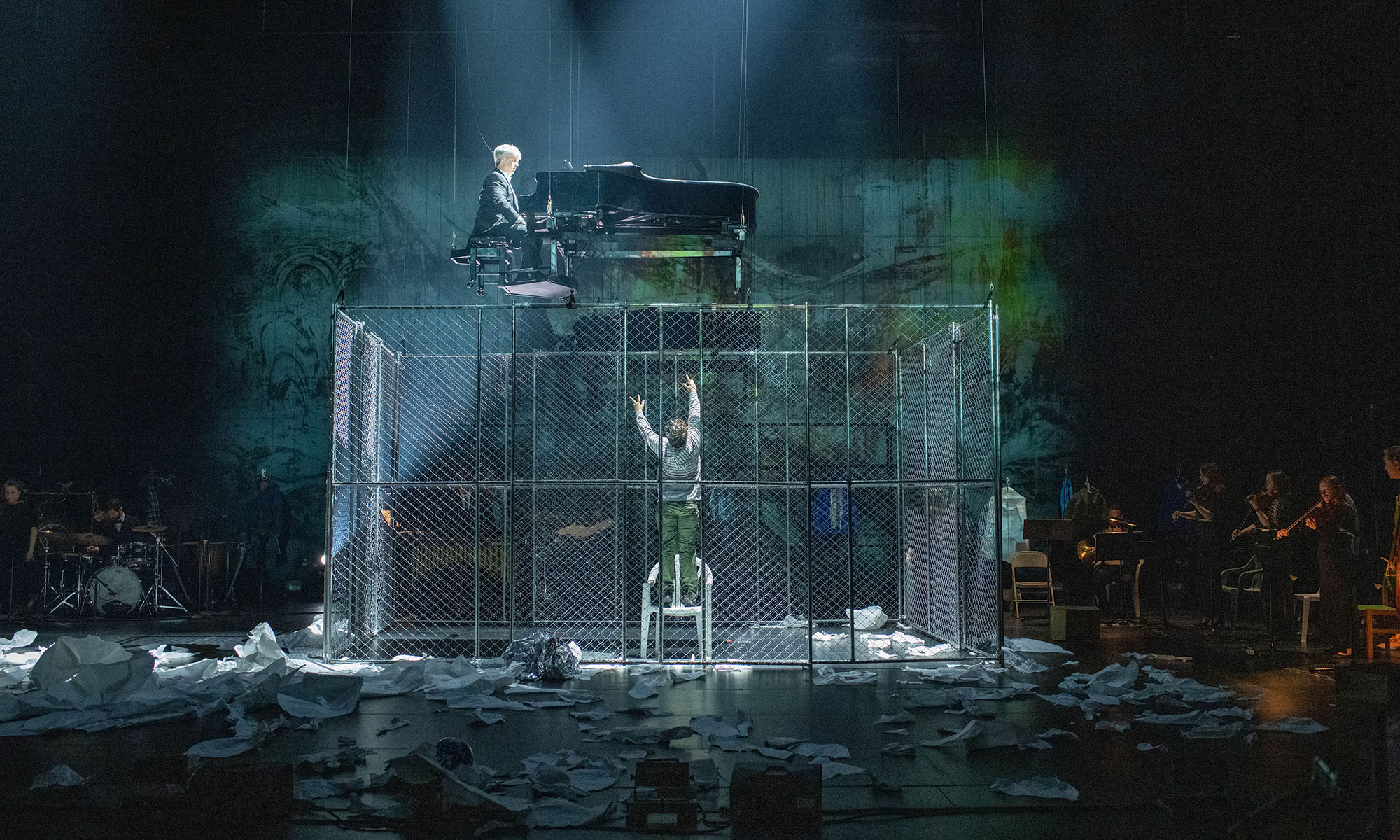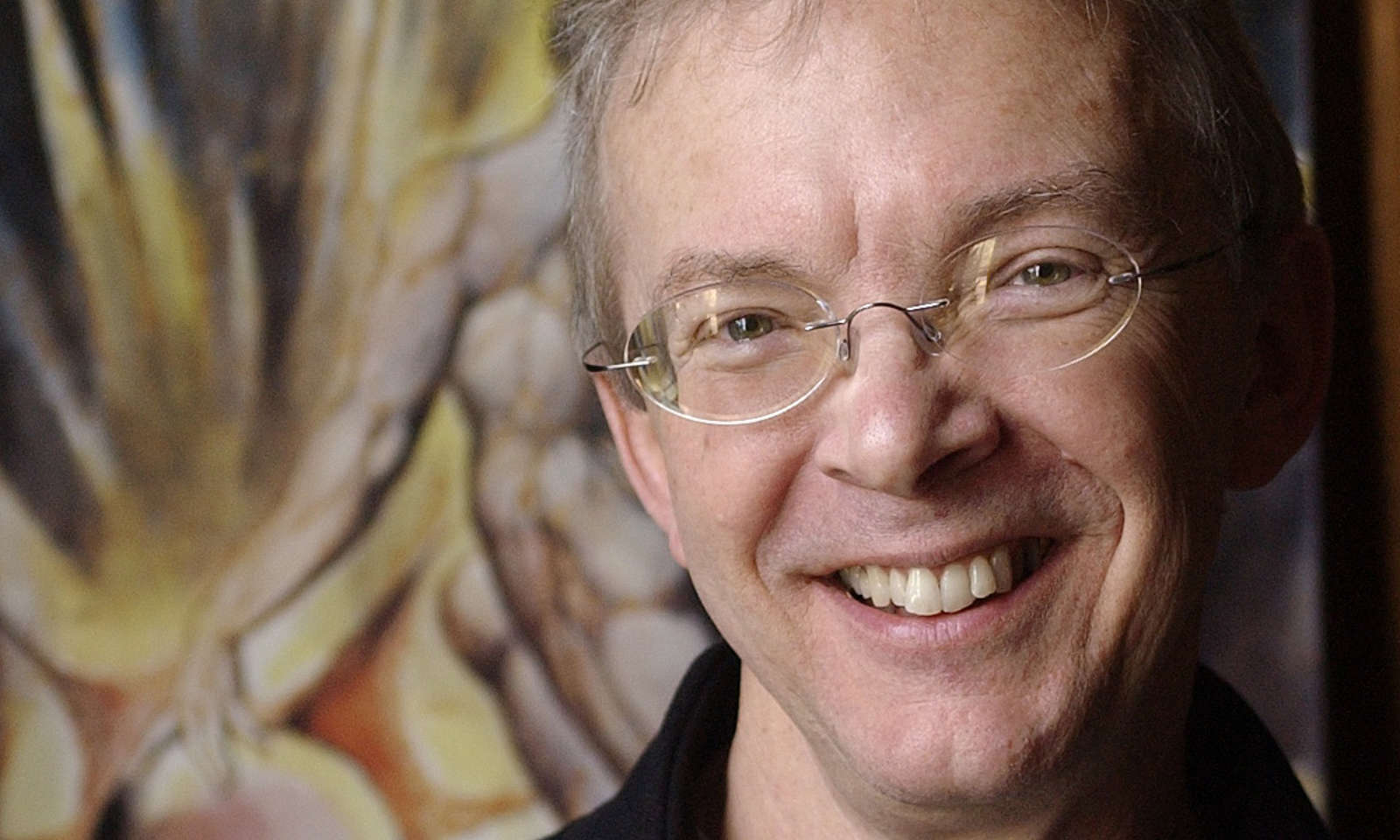Written in the aftermath of a cancer diagnosis, Forever is the University of Rochester English professor’s sixth book of poems.
 James Longenbach had been reading, writing, and teaching poetry for nearly 40 years when, in January 2016, he received an unexpected diagnosis of incurable kidney cancer.
James Longenbach had been reading, writing, and teaching poetry for nearly 40 years when, in January 2016, he received an unexpected diagnosis of incurable kidney cancer.
“It seems like the simplest truth in the world, this understanding that our lives are finite,” he says. “I thought I had grappled with that—but turns out I had not.”
For Longenbach, the Joseph Henry Gilmore Professor of English at the University of Rochester, poetry generally—and lyric poetry specifically—proved the necessary medium for contemplating mortality in the years after his diagnosis. The result is Forever (W. W. Norton), Longenbach’s sixth book of poetry, which was published in June. The collection is divided into three parts, with each part featuring five lyric poems, comparatively short poems usually written in the first person that focus on the speaker’s emotions.
Bisecting the book is a six-part entry titled “In the Village,” after the short story by Elizabeth Bishop. Intentionally or not, Longenbach replicates for his readers the sensation of being caught off-guard by the unexpected. The first two sections of “In the Village” showcase the simple words, regular enjambment, multi-line stanzas, intensity of emotion, and first-person perspective that characterize the book so far. But then the third section abruptly shifts to prose poetry with an almost clinical tone:
After a routine ultrasound revealed a fifteen-centimeter mass, my left kidney was removed robotically on February 12. Fifteen months later, nodules were discovered in my lungs and peritoneum. Two subsequent rounds of therapy failed to impede their growth, so I enrolled in a trial, a treatment not yet FDA approved.
“I had to write a poem that just named, if briefly, what I was going through in a very straightforward, matter-of-fact way,” Longenbach says. “That felt scary, and it made me uneasy.” But his unease was overridden by what he describes as a “an impulse to take something very ordinary”—in this case, words—“and make something out of them.”
Creativity in the face of inevitable loss or death animates many of the entries in Forever. Several recreate through language the personal experiences of falling and being in love (“Two People,” “In the Dolomites”), as well as the fundamentally life-affirming acts of lovemaking, procreating, and childrearing (“Song of the Sun,” “Forever”). Other poems explore the mystery and wonder of more commonplace moments of productivity, as when the speaker is making risotto in “Thursday.”
Yet these instances of creation appear alongside images of destruction—a sinking Venice, a burning Notre-Dame, a splintering relic, a metastasizing cancer. That contrast highlights the book’s central concerns with permanence and transience, presence and absence, love and loss.
But Longenbach also makes those concerns explicit through specific verses (“The city never changes, it’s never the same.”) and stanzas (“They’ve never done this before. / They’ve done it a thousand times.”) throughout the book. Meanwhile, leitmotifs—including pairs of children, a seaside village, Italian locales and phrases, barking dogs, and Christmastime kisses—simultaneously inspire recognition in the reader while drawing their attention to an artform that relies on language to recreate, represent, or reconstruct its subject.
“The knowledge we derive from our repeated experience of a poem is ultimately the knowledge of our own mortality—the sense not only that we will be but also that we will have been,” Longenbach writes in his latest book of literary criticism, The Lyric Now (University of Chicago Press, 2020). According to the poet and professor, composing the individual poems and then compiling Forever helped him to better appreciate “how the ending of some things makes possible the beginning and the middle of others.”
Experiencing the poems in the book will, he hopes, allow his readers to do the same.
Read more
Speakers of a language rely on its words to carry out even the most mundane acts of communication. But the same words are poets’ medium of creation. James Longenbach explains how poets turn bare utterance into art.
 Poet James Longenbach explores the ever-current ‘now’ of lyric poetry
Poet James Longenbach explores the ever-current ‘now’ of lyric poetry
Writers and musicians are the subject of University of Rochester English professor James Longenbach’s book The Lyric Now.
 Spare and spooky unite in Earthling
Spare and spooky unite in Earthling
This fifth collection of poetry from James Longenbach had its roots in a poem he wrote called “Pastoral,” which would set the collection’s tone of “feeling or spiritual development.”


 How do you make a poem?
How do you make a poem?

